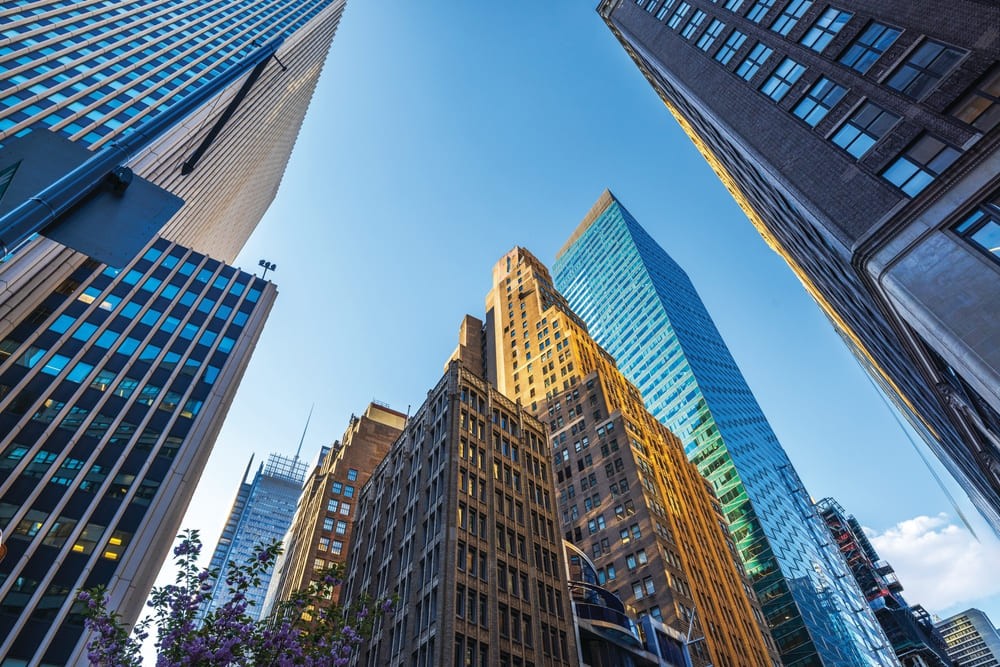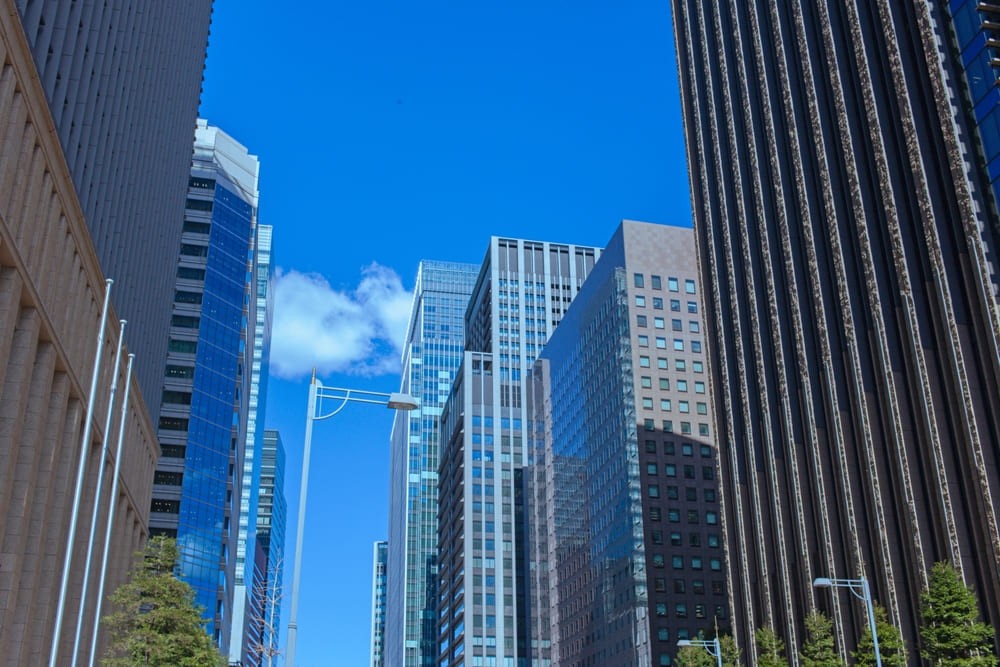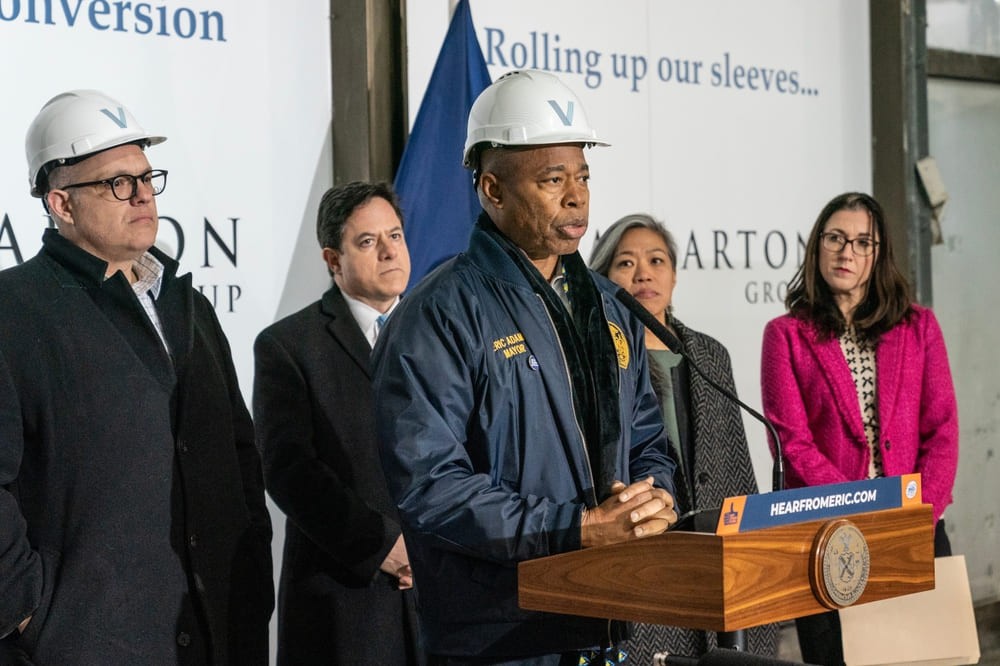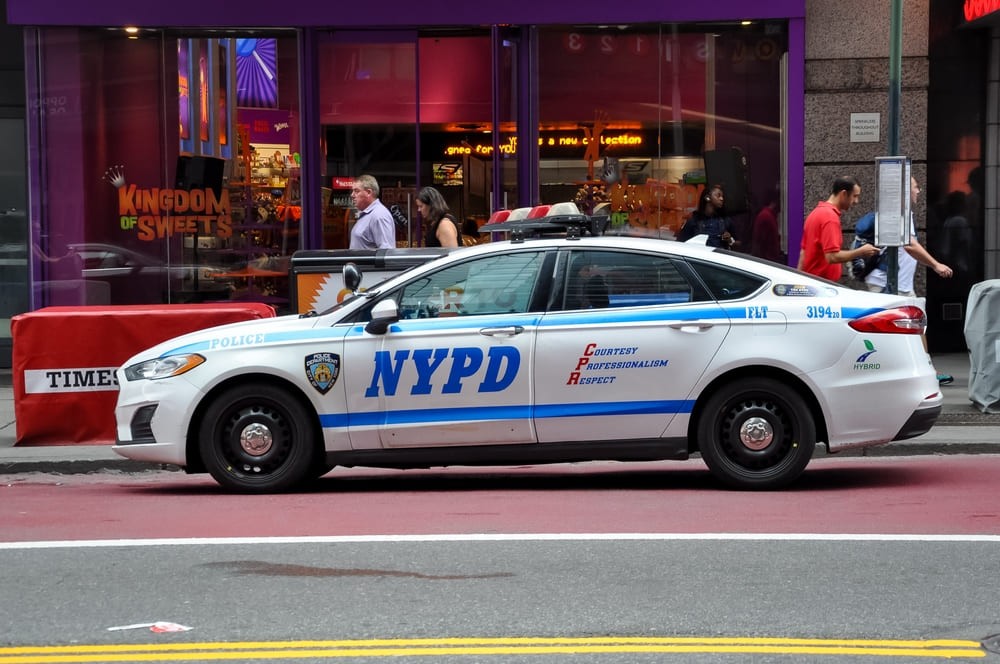Table of contents
Based on CNBC’s interview with RXR Chairman Scott Rechler
After years of uncertainty and “the death of the office” narrative, New York City is staging a powerful comeback.
In a recent interview, Scott Rechler, Chairman and CEO of RXR Realty, shared why Manhattan’s commercial real estate market is heating up again — and how artificial intelligence has become an unexpected driver behind it.
The AI Effect: Why NYC Is Booming Again

Rechler noted a surge in demand for office space across Manhattan in recent months.
According to him:
“AI companies need two things: computing power and human brains. New York City is the human data center of the AI era.”
Tech and AI-driven firms are actively seeking premium spaces — modern, well-connected, and inspiring environments designed to attract top talent.
To foster innovation and collaboration, businesses are bringing teams back together in person — something that simply can’t be replicated over Zoom.
“Flight to Quality”: The Race for Premium Buildings

The “flight to quality” trend — a shift toward high-end office buildings — continues to dominate the market.
Even during tough times, top-tier buildings maintained demand, but now leasing activity has reached record highs:
“In just the first nine months of this year, more than 140 office leases were signed at over $100 per square foot — matching the total of all last year.”
With limited supply of premium offices, demand is now trickling down to Class-B properties that can be modernized or repurposed to meet new standards.
Office-to-Residential Conversions

One of the most notable trends is the conversion of old office buildings into residential housing.
Thanks to new tax incentives — particularly program 467M, which offers a 90% property tax reduction for 35 years — these projects are finally becoming economically viable.
“We’re transforming 5 Times Square into a residential building with 1,200 units.
That would have been impossible just a few years ago.”
According to RXR estimates, these conversions could add 20,000–40,000 new housing units — or up to 40 million square feet of livable space — significantly easing the city’s housing shortage.
🏛 Politics and Urban Management

Rechler also touched on how local politics affect real estate.
He reminded that many key issues — including taxation, safety, and infrastructure — are under the control of the state governor, not the mayor.
While some mayoral candidates have proposed rent freezes, Rechler believes such measures don’t solve the problem:
“When you campaign, you speak in poetry; when you govern, you work in prose.”
The only sustainable way to lower housing costs, he argued, is to build more housing, not artificially cap rents.
Rechler emphasized that RXR will support any administration that fosters growth and safety — and will openly oppose policies that harm the city’s long-term health.
🚨 The Biggest Threat: Public Safety

According to Rechler, the primary risk to New York’s resurgence is a decline in public safety.
If the next mayor fails to restore trust and fully support the NYPD, investor and corporate confidence could quickly evaporate, reversing much of the city’s post-pandemic progress.
📊 The Bottom Line
New York is entering a new era of urban and commercial revival:
- Companies are returning to offices to access talent and innovation.
- Office buildings are evolving into collaboration hubs rather than static workplaces.
- Office-to-residential conversions are helping to address the city’s housing crisis.
If New York can maintain its momentum — ensuring safety, smart development, and investor confidence — it could emerge as the ultimate winner of the post-pandemic real estate transformation.

